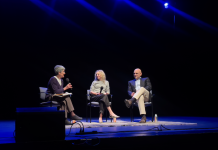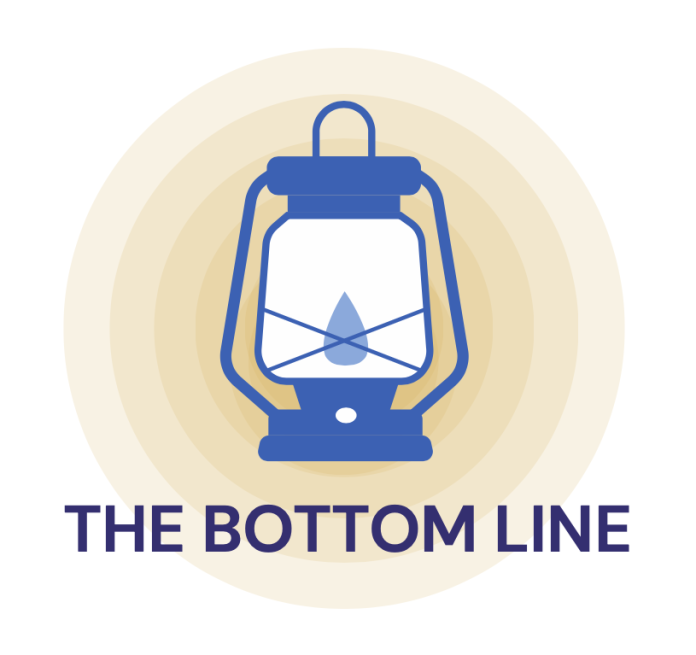Sarah Fishman
Contributing Writer
Airplane etiquette is a complicated thing. From crying babies to coughing seatmates, there’s a lot of potential for frustration, and there’s a lot to argue about when it comes to how to conduct yourself in the sky. Different people simply have different expectations: What’s outrageous to one might be common sense to the next.
One debate that can bring up strong feelings on both sides is whether or not it’s acceptable to recline your seat. Some think it’s rude and inconvenient, taking advantage of a feature built back in the days of larger gaps between rows (in contrast to the lack of space today). Others think using it is a given: If it’s there and you paid for it, why not benefit?
Fourth-year cell and developmental biology major Narayan Weibel supports the latter stance; according to him, “[seat reclining] is ergonomic for everyone.” At the current degree of reclining allotted, he argues it doesn’t get in the way of other people’s space — and it’s designed not to.
Jaden Orli, fourth-year biology major, disagrees. She only reclines for long-haul flights where she seriously needs to sleep, because she sees it as an inconvenience that does impact the comfort of the person behind her. “I’m tall, so my knees are already really scrunched up against the seat,” she explained. “If [the person in front of me] leans back, it hurts.”
This points to one of the reasons why debates like these are so hard to solve: Even if everyone follows the “golden rule” (treating others how you want to be treated), problems can still arise because everyone’s experiences are so vastly different.
Fourth-year computer science and physics double-major Reuben Beeler doesn’t mind the reclining itself, but he noted that it often shakes the tray table, which can cause drinks and food to spill — “that’s just scary.” Nevertheless, he argues that losing the room is no big deal because the opportunity to lean back makes up for it. Beeler thinks everybody is well within their rights: “You pay for the ticket and the ticket lets you do it … You should acknowledge that people on the plane will [have that ability] … so you shouldn’t complain about it.”
Danae Stathatos, fourth-year environmental science major, has a different approach. She acknowledges the inconvenience, admittedly finding it annoying when someone in front of her reclines, but she points to the plane’s lack of space — not the person — as the primary problem. She noted that many who recline are likely older and/or have back problems, and that, in the end, it’s not that big of a deal: “I get off the plane and I don’t think about it ever again.”
Orli draws a similar conclusion: “It’s a design flaw. When people do it, I get annoyed, but eh … It’s situational.” Like Stathatos, she dislikes the circumstance, but she agrees with Beeler on the principle that it technically is anyone’s prerogative to do it. “You’re giving them the option, and then you can’t be mad if they use the option,” she reasons. “In the moment, I’m annoyed at the person, but it’s not really [their fault].”
Stathatos agrees that the setup “puts the customer between a rock and a hard place.”
Across the aisle, the sentiment seems to be that no individual is the bad guy. While interactions in confined spaces can be undeniably irritating, it remains true that you don’t really know what’s going on with any given person or what their needs are. Travel has its ups and downs, and part of the inconvenience of public airfare is having to negotiate your comfort with that of strangers.
There’s no clear winner, and this debate could go on for a long time — at least until the rows are redesigned (psst, airlines, are you listening?).











